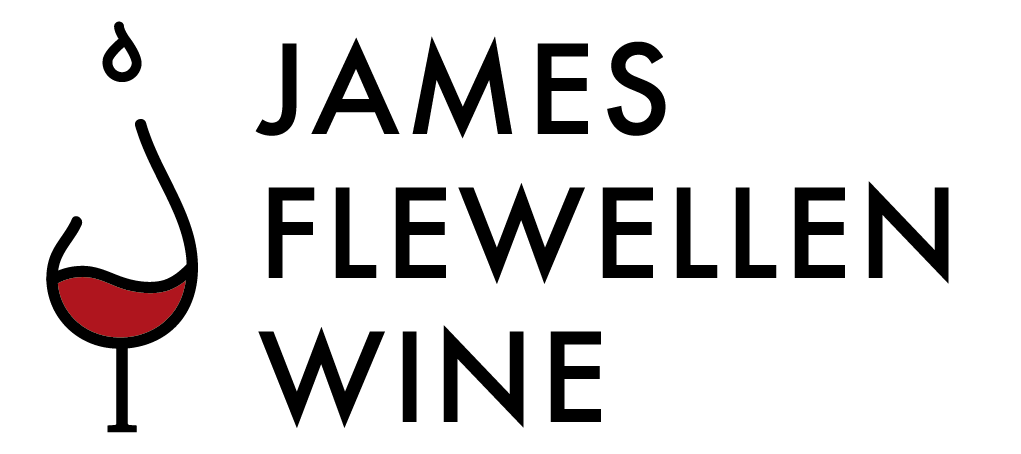Introducing the QVX wine scoring system
Last post I outlined some of the failings of wine scoring systems and posited an alternative system. My system scores a wine out of 10 points and, unlike the conventional 100- or 20-point systems where at least 70% of the points available don’t mean anything, here every point counts. Wines are scored in three categories: Quality (out of 4); Value (out of 3); and the X-factor (out of 3). The latter is an admittedly subjective category that reflects how much the wine excites me or how close it gets to a canonical benchmark of its regional style.
I have developed a handy visual graphic for this scoring system (the ‘QVX’ system, or 'cue-vex' if you will) where the scores in the three categories are represented by bar graphs along with the nominal information of the wine, typical retail price and a couple of sentences explaining why the wine received the score it did.
Over the summer I have been putting this system to the test, scoring wines as I’ve tasted them and applying the metric to some historic tasting notes from my myriad notebooks.
I did find the constraints I’d set myself a little bit frustrating at times. Sometimes I’d think that a wine wasn’t quite perfect, but that it deserved better than a 3 out of 4 for quality. Perhaps I could stretch to giving it a 3.5…? But in these moments, I had to reflect that my goal here was to simplify a scoring system, even it did come at the cost of a small loss of nuance. Likewise, when it came to judge the Value and X-factor categories, I had to remind myself that these categories (in particular) will always be subjective experience of the personal tasting history – and bank balance – of the taster. And that my score is a (hopefully useful!) starting point from which others can draw their own opinions. After all, wine facilitates dialogue in many ways – and one of the best ways to get to learn about wine is to discuss opinions on it.
There are situations where the Q-VeX scoring system is not appropriate: for instance, at trade tastings where the purpose is to assess wines for commercial/wholesale purchase, or during wine awards judging. Perhaps too, when tasting once-in-a-lifetime bottles of old and rare wines; in such situations the experience is priceless: how can one put a value for money tag on that...? (See my comments in the caption for the Grand-Puy-Lacoste tasting notes below.) However, I feel this system is a useful metric for general wine buying by when you’re looking to get a wine to go with dinner or seeking a few bottles to replenish the cellar. The motivation for developing this system came out of a personal frustration with the information available to me before deciding on a wine to buy and asking myself what would I like to know to help inform my decision.
Below are the results of six different wines. Scores range from 2 to 9 out of ten (the perfect ten proves to be elusive…) and the scores can be derived in many different ways. A wine might be absolutely brilliant, but highly expensive (therefore not great value for money) and thus score a 7/10; while another can score evenly across the board and attain the same number of points. Both of these wines, I feel represent a 7/10 consumer experience, even if that experience is derived from different sources.
See what you make of the QVX system, and as ever, let me know what you think.
